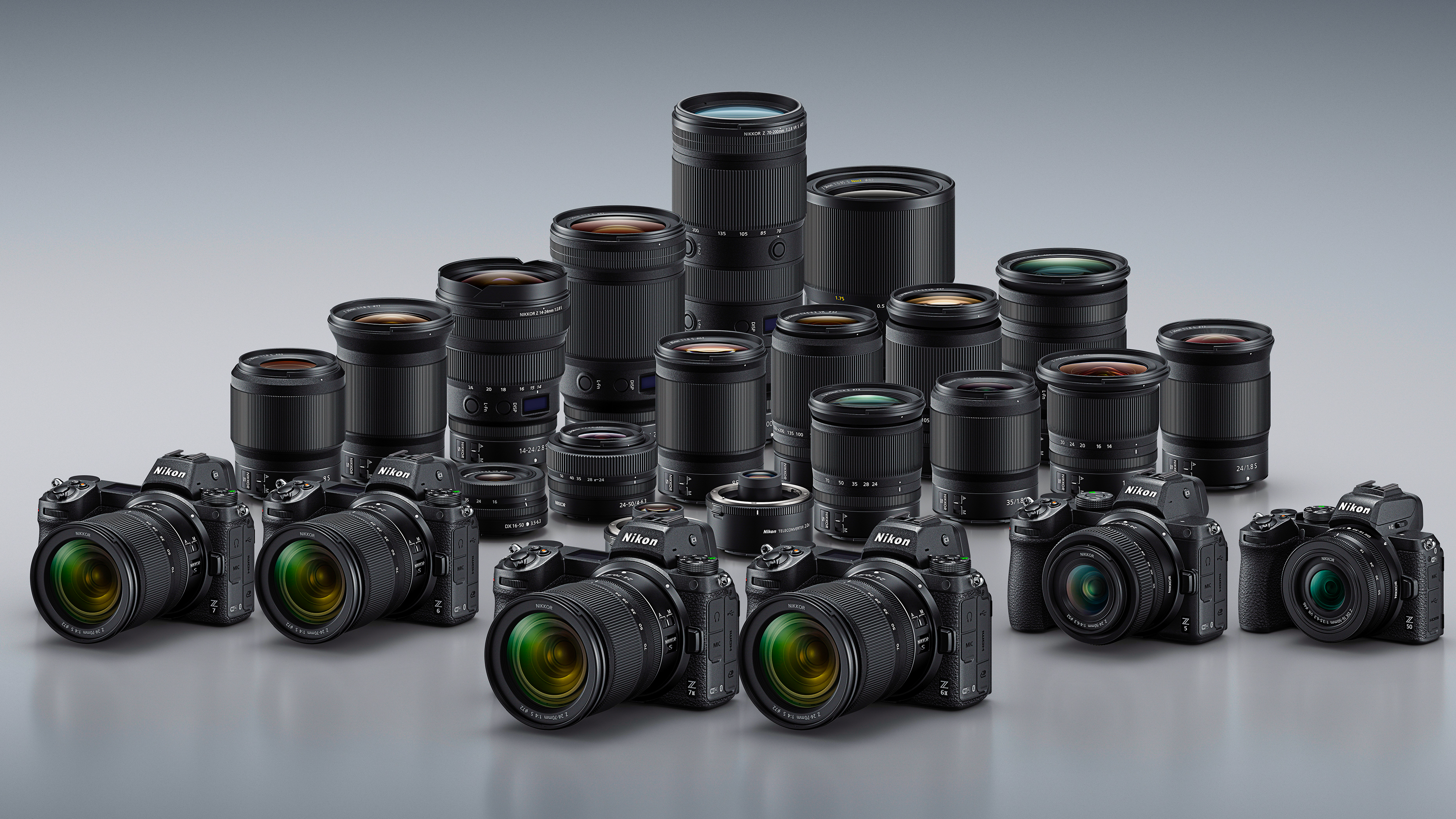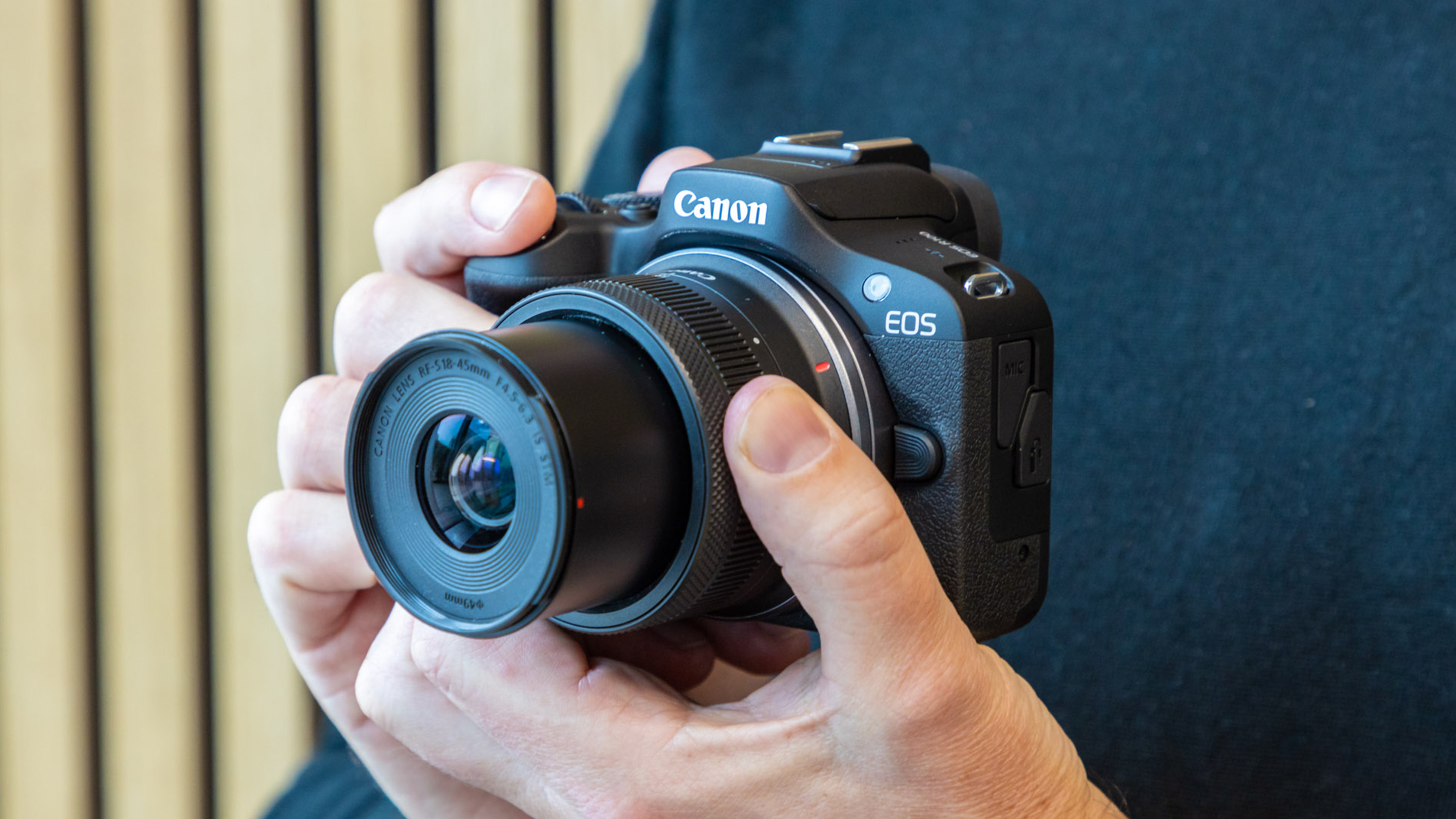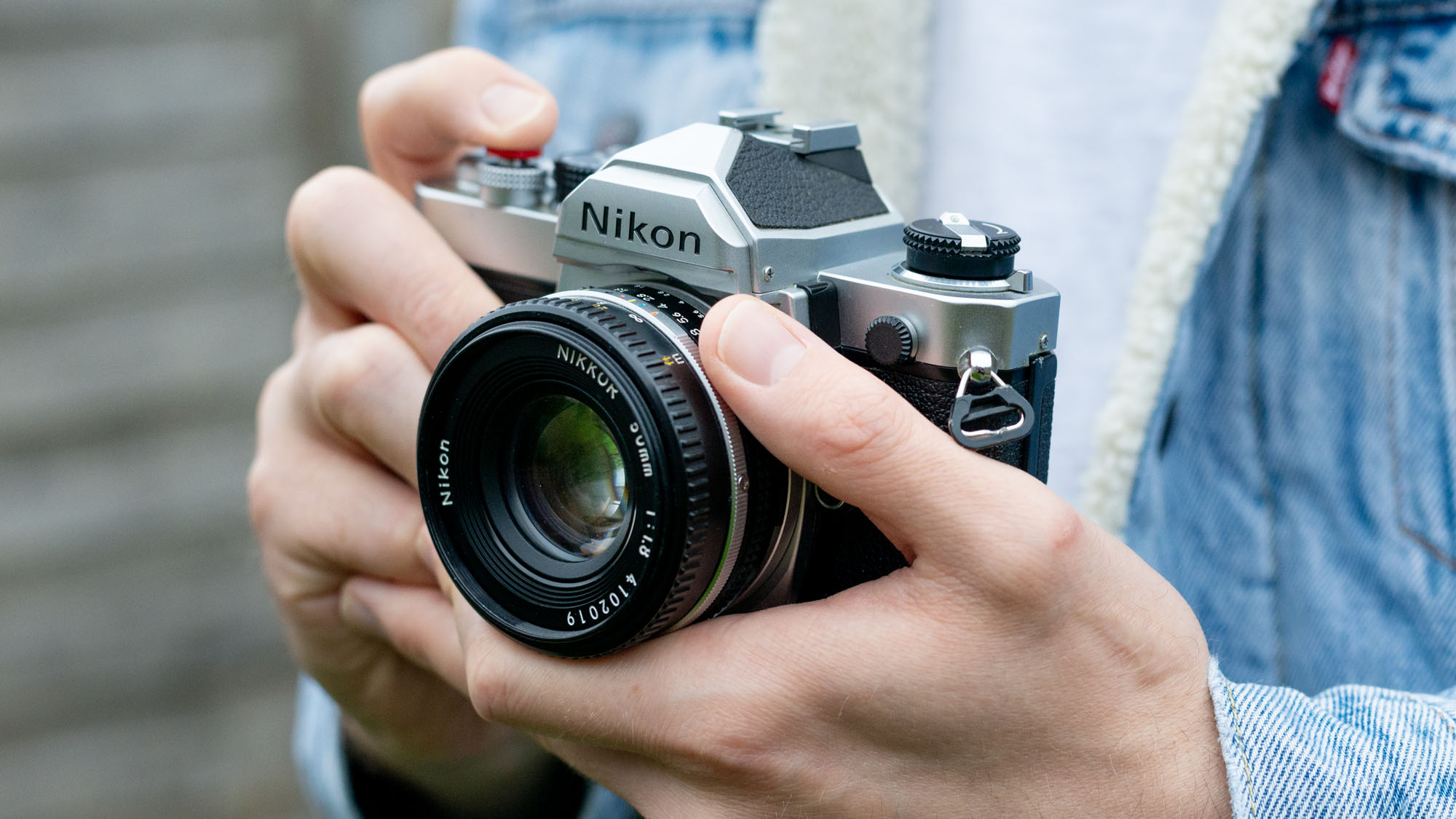Nikon, you’re my favorite camera brand EVER, but continue to ignore the entry-level market and you’ll stop attracting new blood…
Nikon’s uninspiring Q3/2025 financial results at least point to positive mid- to high-end camera sales, but I’m still worried the ‘Big N’ will struggle to attract new photographers without a true entry-level camera in its line-up

I’ve just taken a look at Nikon’s Q3/2025 financial results, published on Nikon Rumors, and while they've largely fallen short of predictions, the ‘Big N’s' imaging product business is one of the few areas that experienced growth, in no small part due to its recent Nikon Z6 III and Nikon Z50 II releases. It’s easy to forget that consumer cameras are only part of Nikon’s business model, which also includes optical components, industrial scanners, microscopes, metal 3D printers, and more.
And while I can’t wax lyrical about an FDP lithography system, I can wax lyrical about cameras. Let me start by saying that I think Nikon is churning out some of the best mirrorless cameras available and boasts one of the most complete ranges of new mirrorless lenses on the market – I'm the proud owner of many of the best Nikon lenses myself. But all that being said, I have never agreed with the camera giant shifting its focus to mid- to high-end interchangeable-lens cameras and essentially abandoning the entry-level market.

Seeking Alpha has released a transcript of Nikon's Q3 Earnings Conference Call, delivered by Nikon Deputy CFO, Yasuhiro Ohmura, who said: "The Imaging Products Business continues to be a major pillar of Nikon's overall earnings, thanks to our strategy focus on mid to high-end models for professionals and hobbyists." Later stating: "Imaging Products Business remains strong and we will strive to expand sales of mirrorless cameras, including the launch of new products in the next fiscal year."
I'm not surprised Nikon’s mid- to high-end cameras are selling well. But it still needs its Imaging Products Business to perform and while Nikon is quick to pat itself on the back regarding its decision to rely on mid- to high-end cameras, I can’t shake my concerns for this strategy in the long term.
Don’t get me wrong. Nikon has always had a fantastic name among professional photographers and enthusiasts. From the Nikon F, to the Nikon D1 and now the Nikon Z9, it has always pushed the boundaries of high-end camera tech. And having spent five years on N-Photo: The Nikon Magazine, I’ve always championed its efforts. But where is the new blood coming from Nikon? Granted, I don't have access to any figures regarding demographics, but months after musing is Nikon suddenly cool again? following the release of the Nikon Zf. I still wish more young photographers were embracing the 'Big N'.

You can of course argue that there’s no point focusing on the once lucrative entry-level market because of the impact of smartphones. But then again, we know the compact camera is having a bit of a moment. And Canon, which appears to be in a strong financial position, hasn’t abandoned the entry-level market. The Canon EOS Rebel T100/4000D and Canon EOS Rebel T7/2000D DSLRs are still available and the release of the Canon EOS R100, back in 2023, redefined what price I thought was possible for an interchangeable lens mirrorless camera.
And while Fujifilm doesn’t have a truly entry-level camera in its line-up – not at what I’d call entry-level prices anyway – it’s a mighty attractive brand for new photographers for several reasons. Firstly, Instax is a great entry point as far as brand awareness. Secondly, the Fujifilm X-series’ good looks is a hipster magnet. And thirdly, the Fujifilm X100VI series is TikTok famous (it's just a shame they're still on backorder!).
Get the Digital Camera World Newsletter
The best camera deals, reviews, product advice, and unmissable photography news, direct to your inbox!
Then there’s Sony’s A6000 range. Still not as entry-level as the Canon EOS R100, but I’ve always said that the same rules don’t apply for Sony. It’s the world’s biggest manufacturer of digital camera sensors for starters and its status as one of the largest tech conglomerates in the world means its brand awareness is through the roof. Sure, Sony makes incredible cameras, but it’s not surprising that it’s second only to Canon in camera sales. It's Sony!

So here’s my worry, Nikon. Where’s your marketing funnel? Without an entry-level camera, say, a Nikon Z3000, how are you capturing the hearts and minds of new photographers? Because if those new photographers pick up a Canon EOS R100 or a Fujifilm X100VI, you can bet your bottom dollar they’ll be progressing onto a Canon R6 Mark II and a Fujifilm X-T5 in due course, not a Nikon Z6 III or a Nikon Z8. This also impacts brand awareness. Photographers of a certain age know Nikon’s stellar reputation, but Gen Alpha doesn’t, Gen Z doesn’t, heck, a lot of millennials don’t, either.
Just this week, my colleague and US Editor Hillary K. Grigonis declared the retro Nikon Coolpix P7000 deserves a comeback. I couldn't agree more. Anything to put more Nikons in younger hands. Maybe there’s no money in the entry-level market anymore. But you cannot expect new blood to suddenly drop by and pick up a mid- to high-end Nikon out of nowhere.
Not when they’ve already pledged their allegiance to another brand.
You may also like...
If you're a huge Nikon fan like me and are champing at the bit for more Nikon-related content, have I got you covered! I reckon the Nikon 1 J5 might be the most affordable retro-themed mirrorless camera on the market. Also, the beast is back! Nikon P1100 launches with monster 24-3000mm optical zoom, but what’s changed? And if you want a lil' trip down memory lane: I think the decade-old Nikon D800 is still a beast, and here’s why.

Mike is Digital Camera World's How To Editor. He has over a decade of experience, writing for some of the biggest specialist publications including Digital Camera, Digital Photographer and PhotoPlus: The Canon Magazine. Prior to DCW, Mike was Deputy Editor of N-Photo: The Nikon Magazine and Production Editor at Wex Photo Video, where he sharpened his skills in both the stills and videography spheres. While he's an avid motorsport photographer, his skills extend to every genre of photography – making him one of Digital Camera World's top tutors for techniques on cameras, lenses, tripods, filters and other imaging equipment – as well as sharing his expertise on shooting everything from portraits and landscapes to abstracts and architecture to wildlife and, yes, fast things going around race tracks...
You must confirm your public display name before commenting
Please logout and then login again, you will then be prompted to enter your display name.
